How Do Marine Anchors Work
Marine anchors are necessary components for keeping marine vessels moored in place stably. These devices are intended to provide a secure and stable hold on the seafloor, keeping the vessel from drifting away due to wind, current, and wave forces. This article will explain how maritime anchors are working.
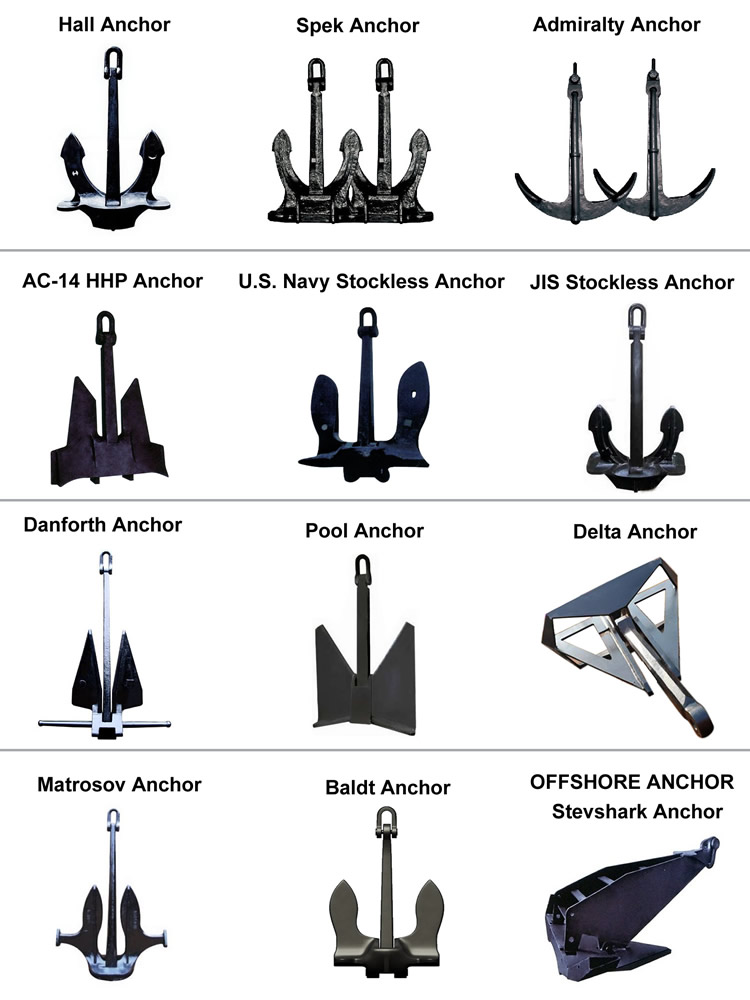
The Basic Principle Of Marine Anchor
A marine anchor’s main principle is to provide a holding force that keeps a vessel in place while at anchor or moored. The anchor is intended to sink into the seabed and withstand the pressures of wind, tide, and waves that would otherwise cause the vessel to drift or be damaged. The anchor generates a holding force that is delivered to the vessel once it is fully set and the chain or rope is taut.
The ability of an anchor to generate a holding force is determined by its design and the resistance it faces as it lowers into the seafloor. The anchor must be heavy enough to sink into the seafloor and resist the pressures operating on the vessel. It must also be able to penetrate the seafloor and establish a firm hold.
The chain or rope connecting the anchor to the vessel must be strong enough to withstand the tension and stress caused by the wind, current, and waves, as well as the vessel’s weight. The length of the chain or rope is also significant since it dictates the angle at which the anchor is set as well as the amount of holding force transferred to the vessel.
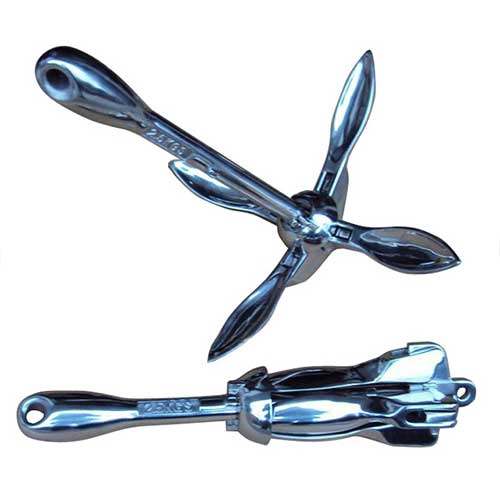
Explanation of the role of the anchor and the chain in creating a stable hold
The anchor and chain or rope are critical in creating a stable grip for a vessel at anchor or moored.
Firstly, the anchor is the primary point of contact between the vessel and the seafloor. It is intended to sink into the seabed and form a holding force capable of withstanding the effects of wind, current, and waves. Once the anchor is securely embedded in the seabed, it provides a strong foundation that aids in the stability of the vessel.
Secondly, the chain or rope connects the anchor to the vessel and allows the anchor’s holding force to be transferred to the vessel. The chain or rope must be strong enough to endure the tension and stress caused by wind, current, and waves, as well as the vessel’s weight. The length of the chain or rope is also significant since it dictates the angle at which the anchor is set as well as the amount of holding force transferred to the vessel.
The anchor and the chain or rope comprise a key mechanism that allows a vessel to remain at anchor or moored. The vessel would be vulnerable to the forces of wind, current, and waves without the anchor and may be washed away or damaged. Similarly, without a strong and dependable chain or rope, the anchor would be unable to transfer holding force to the vessel, and the vessel would be unable to remain in place.
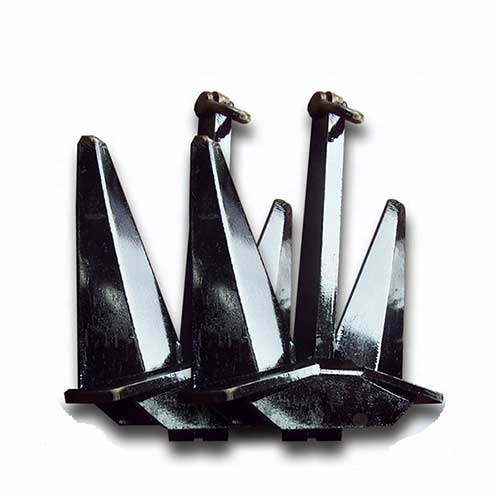
The Factors That Affect The Sinking Depth And Resistance
The stronger the gripping power, the deeper the anchor dives and the more resistance it gives. The best combination of anchor weight, design, chain/rope length, and anchor type is determined by the conditions of operation as well as the size and weight of the vessel.
Anchor weight
A heavier anchor sinks deeper and offers greater resistance than a lighter anchor.
Anchor design
The anchor’s shape and design influence its capacity to penetrate and hold in the seafloor. Different designs are better suited to various seabed types.
Seabed composition
The seabed’s composition influences the anchor’s ability to penetrate and hold. Soft, muddy seafloors provide less resistance than hard, stony seafloor.
Anchor chain/rope length
The length of the anchor chain or rope influences the angle at which the anchor sets as well as the amount of holding force it can produce. With a longer chain or rope, the anchor can be positioned at a flatter angle, providing additional holding force.
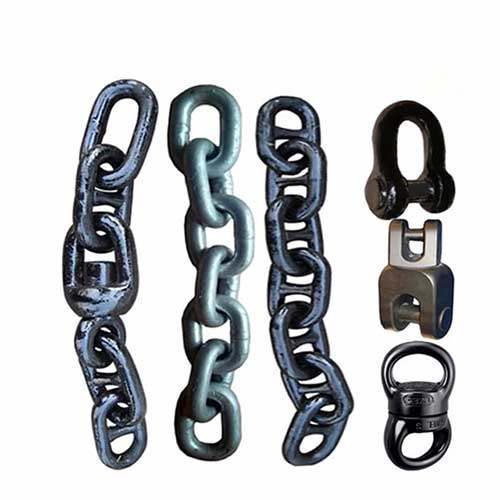
Water depth
The length of the chain or rope required, as well as the amount of resistance that the anchor must give, are affected by the depth of the water.
Current and wind speed
The tension on the anchor and the amount of resistance it must offer to keep the vessel in place are affected by the speed and direction of the current and wind.
Vessel size
The size and weight of the vessel affect the amount of resistance required to hold it in place.
Anchor type
In different conditions, different types of anchors perform differently. Some anchors work best on sandy or muddy seabeds, while others work best on rocky seabeds.
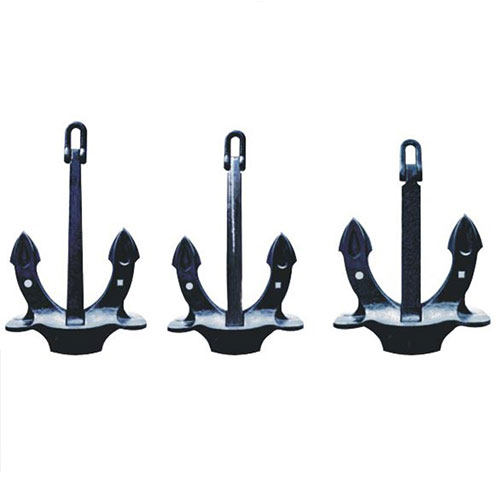
How The Holding Force Affected By The Marine Anchor
The holding force created by a marine anchor is a function of its design and the resistance it encounters as it sinks into the seabed. Once the anchor is fully set and the chain or rope is taut, the anchor generates a holding force that is transmitted to the vessel.
1. The surface area of the anchor that makes contact with the seafloor influences the holding force it produces. Anchors with bigger surface areas generate more holding force than smaller surface area anchors.
2. The anchor’s design influences its capacity to penetrate the seafloor and generate holding force. Some anchor designs work best on soft or muddy seabeds, while others work best on rocky seabeds. The shape of the flukes or blades of the anchor, as well as the angle at which they are positioned, determine the anchor’s ability to penetrate and hold.
3. The holding force generated by the anchor is affected by the depth to which it sinks and the resistance it faces as it sinks into the seafloor. A heavier anchor will create more holding force than a lighter anchor that dives less deeply and faces less resistance.
4. The holding force supplied to the vessel is affected by the length and strength of the chain or rope that connects the anchor to the vessel. A longer, stronger chain or rope will allow the anchor to be set at a flatter angle, producing more holding force.
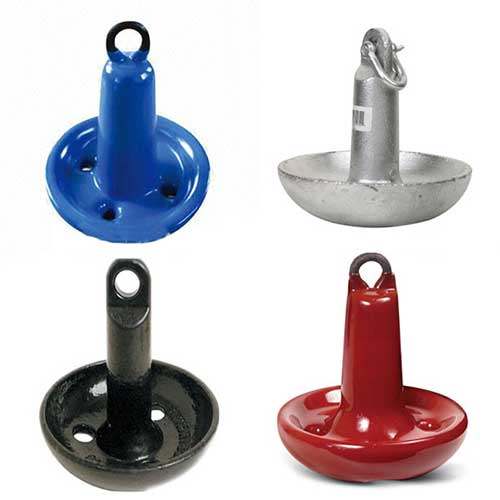
Summary
The article explains how marine anchors work, how they are used to establish a stable hold for boats, ships, and other marine vessels, and how the process of sinking the anchor into the seabed and creating the holding force that keeps the vessel in place works.


